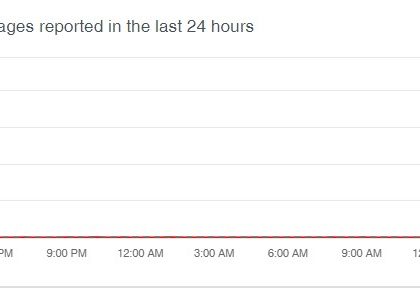“Huge Dirty COW” (CVE-2017–1000405) [source: medium]
by CIRT Team
The “Dirty COW” vulnerability (CVE-2016–5195) is one of the most hyped and branded vulnerabilities published. Every Linux version from the last decade, including Android, desktops and servers was vulnerable. The impact was vast — millions of users could be compromised easily and reliably, bypassing common exploit defenses.
Plenty of information was published about the vulnerability, but its patch was not analyzed in detail.
We at Bindecy were interested to study the patch and all of its implications. Surprisingly, despite the enormous publicity the bug had received, we discovered that the patch was incomplete.
“Dirty COW” recap
First, we need a full understanding of the original Dirty COW exploit. We’ll assume basic understanding of the Linux memory manager. We won’t recover the original gory details, as talented people have already done so.
The original vulnerability was in the get_user_pages function. This function is used to get the physical pages behind virtual addresses in user processes. The caller has to specify what kind of actions he intends to perform on these pages (touch, write, lock, etc…), so the memory manager could prepare the pages accordingly. Specifically, when planning to perform a write action on a page inside a private mapping, the page may need to go through a COW (Copy-On-Write) cycle — the original, “read-only” page is copied to a new page which is writable. The original page could be “privileged” — it could be mapped in other processes as well, and might even be written back to the disk after it’s modified.
For more, click here.
Recommended Posts

Training on cybersecurity awareness for Department of Women Affairs
25 Nov 2023 - Articles, English articles, News, News Clipping, Service










